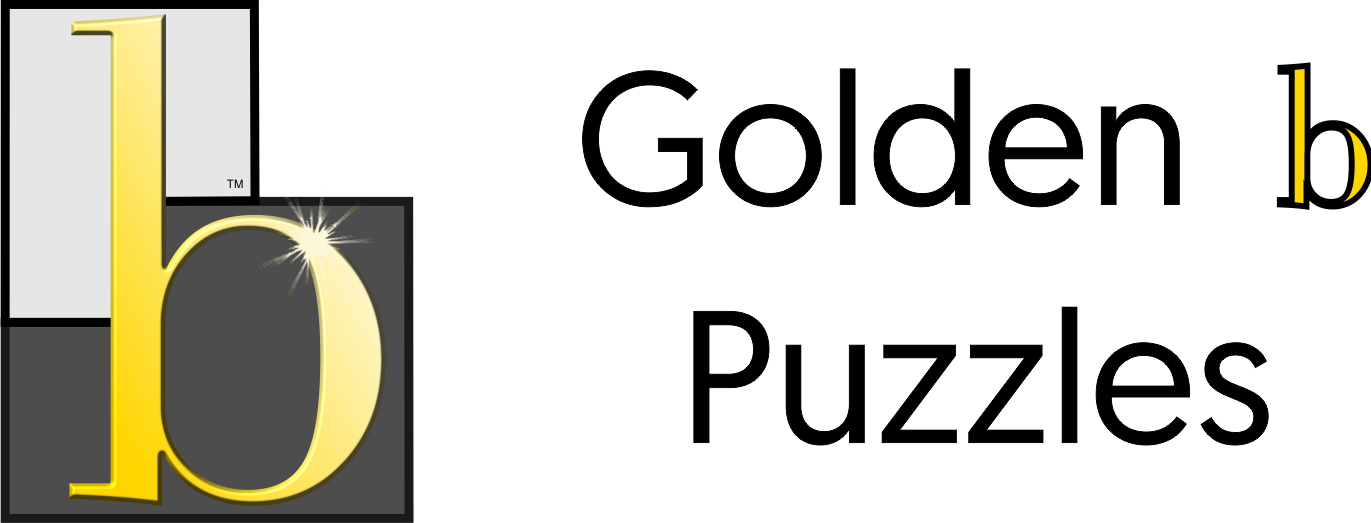1. The Fibonacci sequence
The Fibonacci sequence is a sequence of integers (whole numbers). The first 12 numbers in the Fibonacci sequence are:
`1, 1, 2, 3, 5, 8, 13, 21, 34, 55, 89, 144`
If you look closely at these numbers, you might start to see a pattern – each Fibonacci number is the sum of the previous two numbers in the sequence.
The first Fibonacci number is 1.
The second Fibonacci number is also 1. That’s because we pretend there is an invisible 0 before the start of the Fibonacci sequence, making the sum of the previous two numbers `(0 + 1) = 1`. (Sometimes the Fibonacci sequence is actually written with 0 as the first Fibonacci number: `0, 1, 1, 2, 3, 5, …`)
The third Fibonacci number is `(1 + 1) = 2`.
The fourth Fibonacci number is `(2 + 1) = 3`.
Continuing from there we get:
`(3 + 2) = 5`
`(5 + 8) = 13`
`(13 + 8) = 21`
`(21 + 13) = 34`
`(34 + 21) = 55`
`(55 + 34) = 89`
`(89 + 55) = 144`
And so on. There is no end to the Fibonacci sequence – you can just keep adding the previous two numbers together all the way to infinity.
The Fibonacci sequence in nature
The Fibonacci sequence shows up in a lot of remarkable places.
The arrangement of leaves on a stem, the structure of a pinecone, the family tree of a honeybee and the inside of many flowers all include the Fibonacci sequence.
Take a look at this cactus:
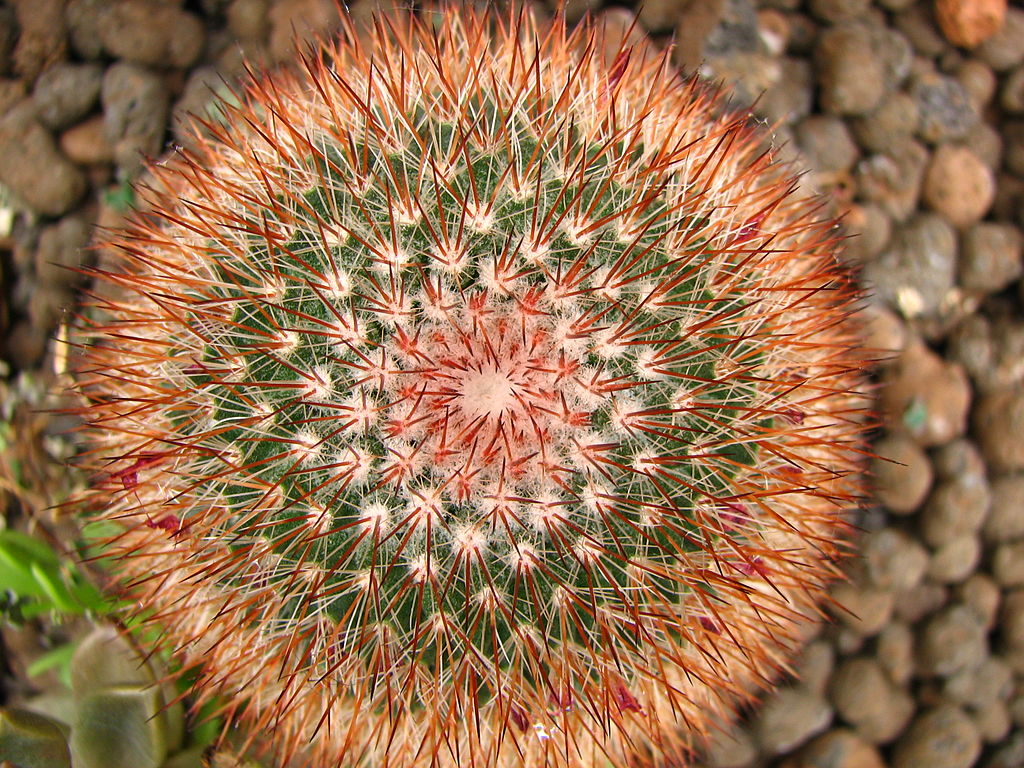
By Marozols (Own work) [CC BY-SA 3.0], via Wikimedia Commons
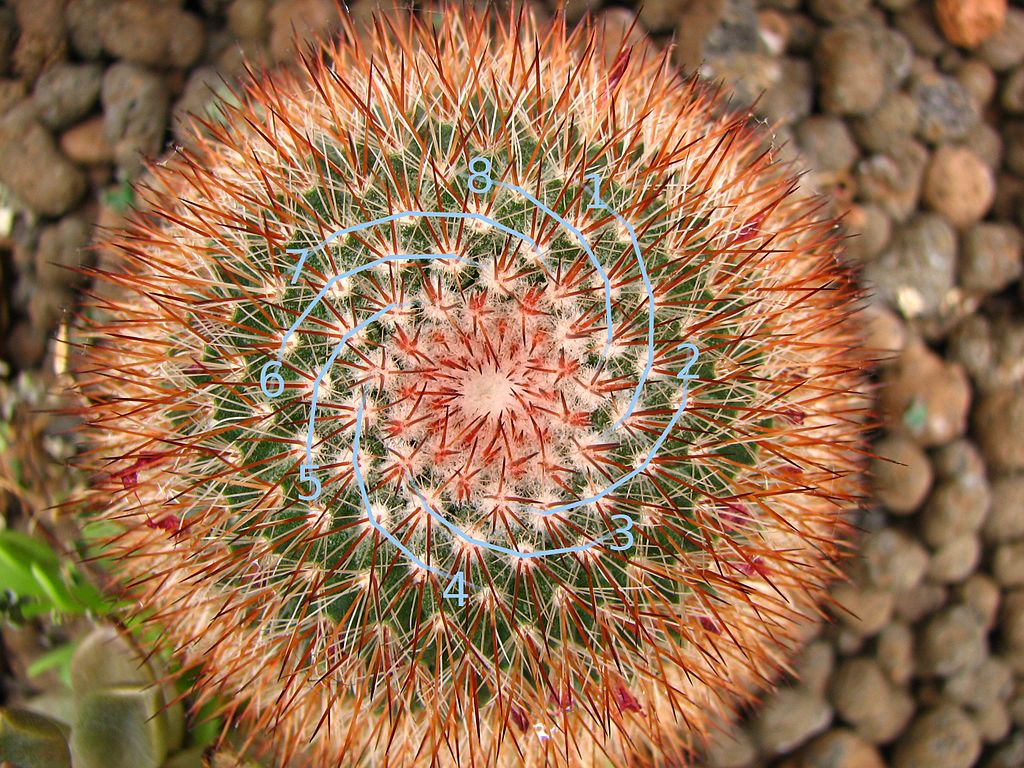
By Cactus_in_Helsinki_Winter_Garden.jpg: Marozols derivative work: Marozols (Cactus_in_Helsinki_Winter_Garden.jpg) [CC BY-SA 3.0], via Wikimedia Commons
You’ll notice there are 8 branches in the spiral – a Fibonacci number.
Now let’s trace another spiral through those same points, but this time in an clockwise direction:
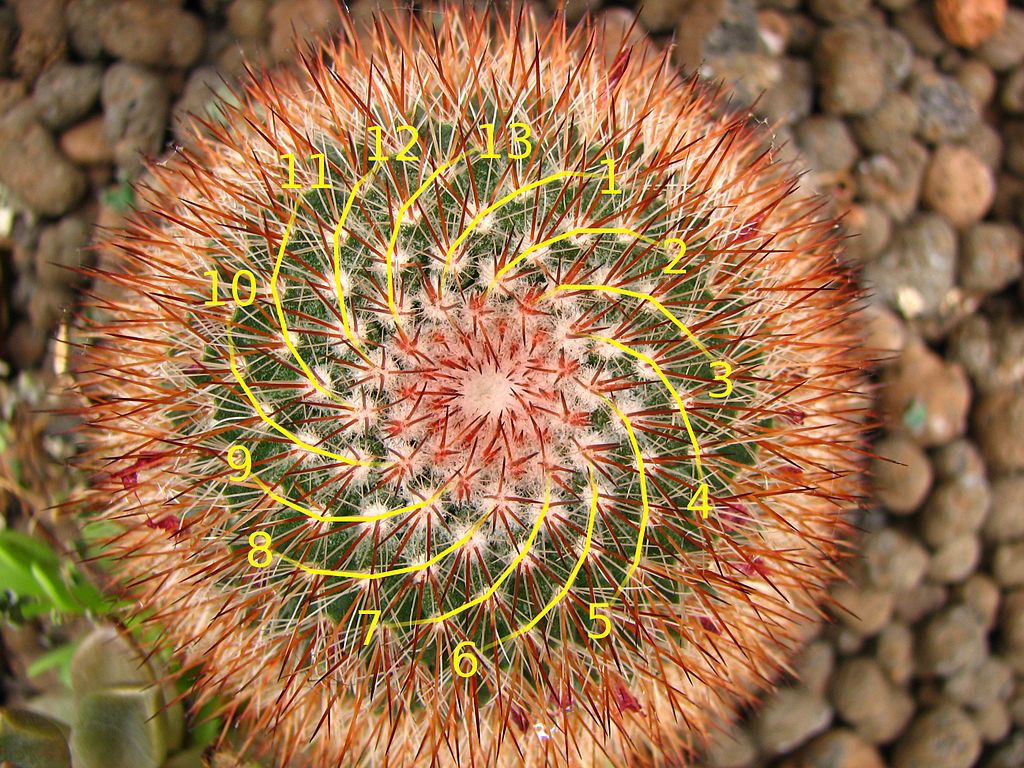
By Cactus_in_Helsinki_Winter_Garden.jpg: Marozols derivative work: Marozols (Cactus_in_Helsinki_Winter_Garden.jpg) [CC BY-SA 3.0], via Wikimedia Commons
As you can see, the clockwise spiral has 13 branches – the next number in the Fibonacci sequence!
This arrangement of consecutive Fibonacci spirals shows up in countless flowers and plants. The head of this chamomile flower has a 13-branch anticlockwise spiral (aqua) and a 21-branch clockwise spiral (blue):
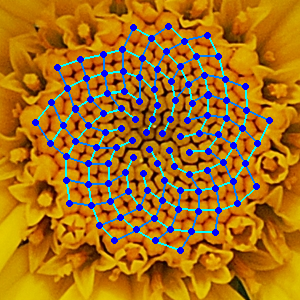
By User:Alvesgaspar: derivative work: RDBury (Mother_and_daughter.jpg) [CC BY 2.5, CC-BY-SA-3.0 or GFDL], via Wikimedia Commons
Pretty cool, right? But the natural world isn’t the only thing to take inspiration from the Fibonacci sequence.
The Fibonacci sequence and the Golden b
If you visit the Golden b shop and look at the range of puzzle sets, you’ll quickly notice a familiar pattern: there are 8-piece puzzles, 13-piece puzzles, 21-piece puzzles and so on.
That’s right – every Golden b Puzzle contains a Fibonacci number of tiles. Because to make any sized Golden b shape, you need to use a Fibonacci number of smaller Golden bs.
Understanding the Fibonacci sequence is also one of the keys to solving the Golden b Puzzle.
We’ll look more at the relationship between the Fibonacci sequence and the Golden b later. But first, we need to talk about something called the golden ratio.
Want to learn more about the Fibonacci sequence?
Get a Golden b Puzzle and start exploring.
